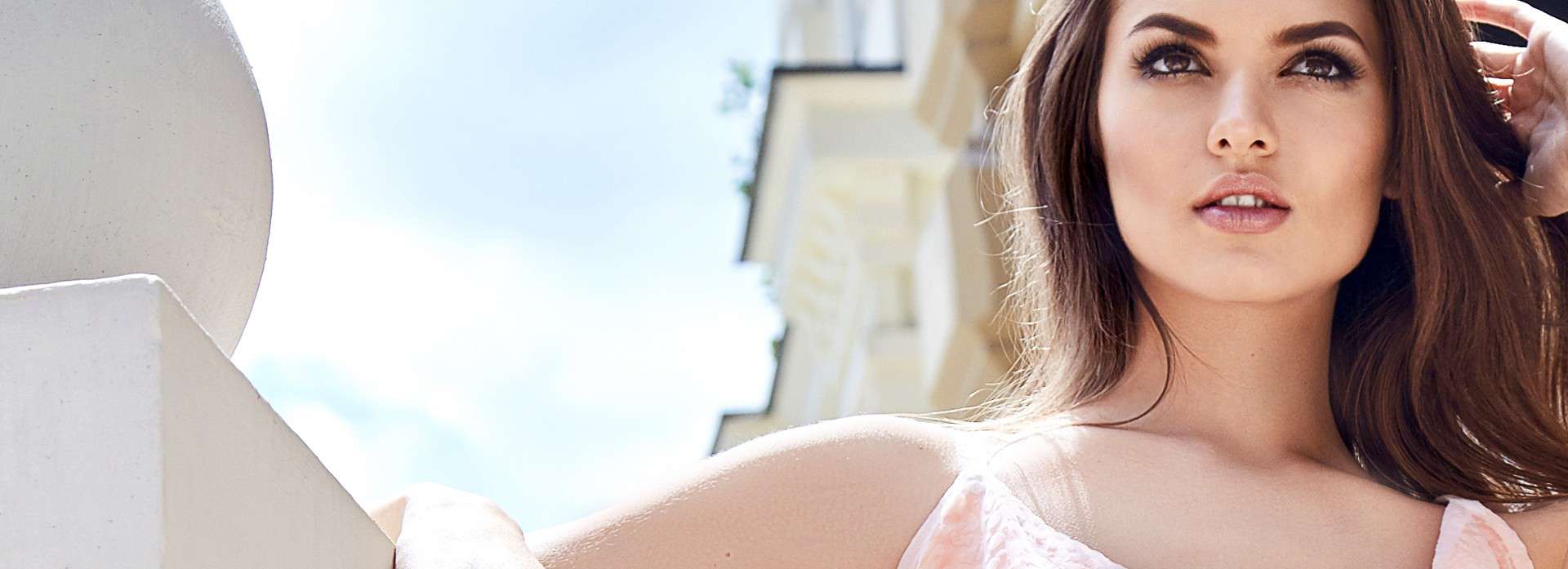Offices in Nassau County, NY
Rhinoplasty is a popular choice for patients seeking to improve the appearance, proportion and balance of their central facial feature. The procedure is both the oldest and most complex of all facial plastic surgeries. It demands an exceptional level of skill, precision and artistry to match outcomes with expectations.
Each rhinoplasty is highly customized, based on the facial structure and preferences of the patient. The nose can be reshaped in a variety of ways: The size, width, symmetry, angle of projection and even the flare of the nostrils can be altered. Subtle modifications can yield the most dramatic results. In addition, solutions for a deviated septum and other medical conditions are easily within reach. Whatever the operative plan, the result must be natural and harmonious with the patient’s other facial features.
What Are the Benefits of Rhinoplasty?
 Some of the changes you can achieve with nose reshaping surgery include:
Some of the changes you can achieve with nose reshaping surgery include:
- Improving facial harmony: By resizing or reshaping the nose, your facial proportions become more balanced and attractive. Special attention should be paid to the extension of the chin.
- Reprojecting the Tip: Most women have nasal tips that point slightly upward, while most men have nasal tips that extend straight forward. If you do not like the projection of your nasal tip or it does not conform with your gender, you may alter this with surgery.
- Flattening a bump: Many noses have a dorsal hump on the bridge, but this can be smoothed out to create a natural-looking slope.
- Better breathing: Rhinoplasty can correct a deviated (crooked) septum so that air flows through your nose in a normal manner.
- Achieving symmetry: If you have a crooked nose or mismatching nostril shapes, surgery can improve the symmetry.
Rhinoplasty Procedure Details
Rhinoplasty is performed using either an “open” or a “closed” technique. An open rhinoplasty procedure begins with an incision between the nostrils, at the base of the nose. This creates a small scar that will be nearly invisible. In a closed rhinoplasty, the incision is made inside the nostrils. The benefit of the open technique is that it provides a better view of the internal structures of the nose for the surgeon, which tends to result is a more successful and satisfying result.
In both open and closed surgeries, Dr. Funt reshapes the nose by excising or realigning cartilage, and often changing the contours of the bone. To build volume, bone and cartilage may be transferred from other areas of the body. Both types of surgery are usually performed under general anesthesia.
Rhinoplasty Patient Testimonials
“If you want rhinoplasty done right, Dr. Funt is the person to go to. I was super concerned about my nose looking ‘done’ or fake, but it looks natural and fits my face perfectly. I didn’t even know my nose could look this good!” – J.G.
“I chose Dr. Funt after a great deal of research, and I’m so glad I did. His expertise and calm demeanor made me feel so comfortable. He provided meticulous, natural, and flawless results — he is a true artist!” – M.B.
“I’ve hated my nose forever and it would consume my thoughts daily. Now, a month out of surgery, I am really pleased with my results and no longer self-conscious. I would definitely recommend Dr. Funt for rhinoplasty — he did an amazing job. Honestly, the whole process was much easier than I anticipated!” – R.O.
Am I a Good Candidate for Rhinoplasty?
To be considered an ideal candidate for rhinoplasty, you should be in good physical health, have fully matured facial bones (typically 16 years or older for girls and 18 for boys), and possess specific aesthetic or functional goals that rhinoplasty can achieve. Candidates often seek correction for nasal asymmetry, disproportionate nasal size, a bulbous or drooping nasal tip, or obstructive issues like a deviated septum that impairs breathing. Emotional readiness and realistic expectations are crucial, as minor imperfections may remain despite surgical advancements.
What Is Rhinoplasty Recovery Like?
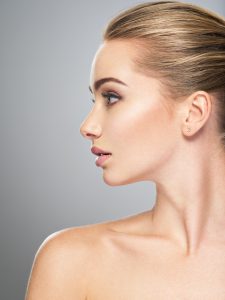
What Is Functional Rhinoplasty?
Functional rhinoplasty addresses issues that affect breathing, such as a deviated septum, turbinate hypertrophy, or valve collapse. Unlike cosmetic rhinoplasty, which focuses purely on aesthetics, functional rhinoplasty aims to improve the nasal passages to facilitate easier breathing while maintaining or enhancing the nose’s appearance. Surgeons may use cartilage grafts to strengthen or widen the nasal passages, ensuring the airway remains open.
Does Rhinoplasty Hurt?
The discomfort experienced after rhinoplasty is generally mild and can be effectively managed with prescribed medications. Patients often describe the sensation more as discomfort due to congestion rather than pain. Ice packs and head elevation can significantly reduce swelling and discomfort during the initial recovery phase. Following Dr. Funt’s instructions closely is essential to manage pain and support healing.
How Long Do Rhinoplasty Results Last?

How Much Does Rhinoplasty Cost?
The cost of rhinoplasty can vary significantly based on several factors, including the complexity of the procedure and the techniques utilized. Exact costs can be determined once a surgical plan is devised during a consultation. Since most nose jobs are cosmetic in nature, they are not covered by medical insurance. However, some functional rhinoplasty procedures may be covered to improve significant breathing issues. Fortunately, financing options are available through CareCredit to help you cover the cost of your nose reshaping surgery.
Is Rhinoplasty the Hardest Surgery?
Rhinoplasty is often considered one of the most complex cosmetic surgeries due to the nose’s central role in facial balance and its intricate structure. The procedure demands high precision and skill because even a millimeter can make a significant difference in the outcome. The challenge lies not only in reshaping the nose to meet aesthetic goals but also in ensuring that the changes do not compromise nasal function. Therefore, it is essential to choose a surgeon like Dr. Funt with specialized training and significant experience in nasal surgery to achieve the best results.

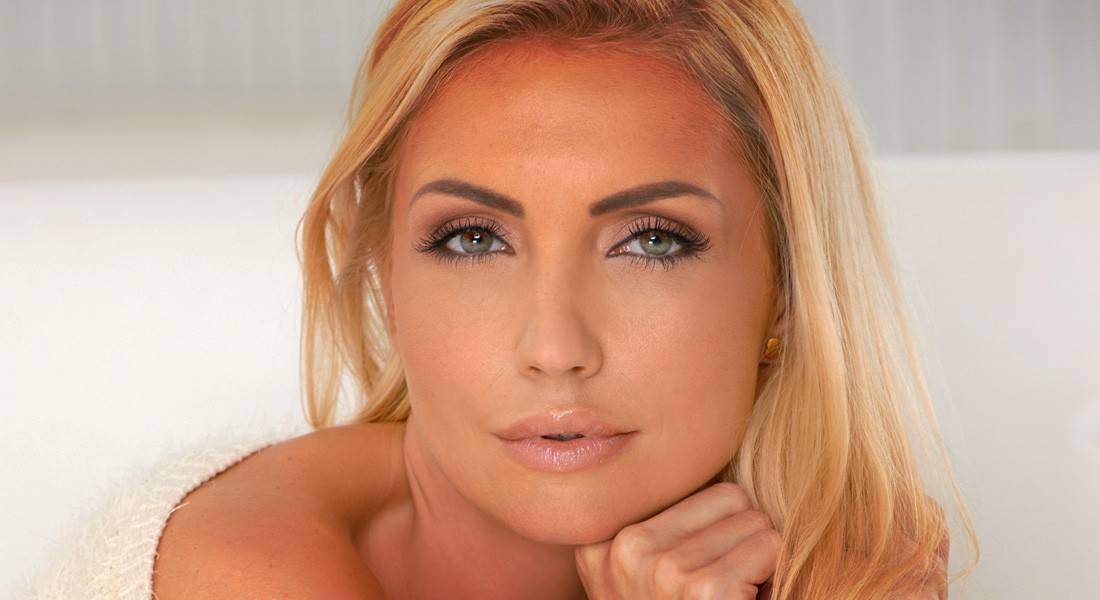


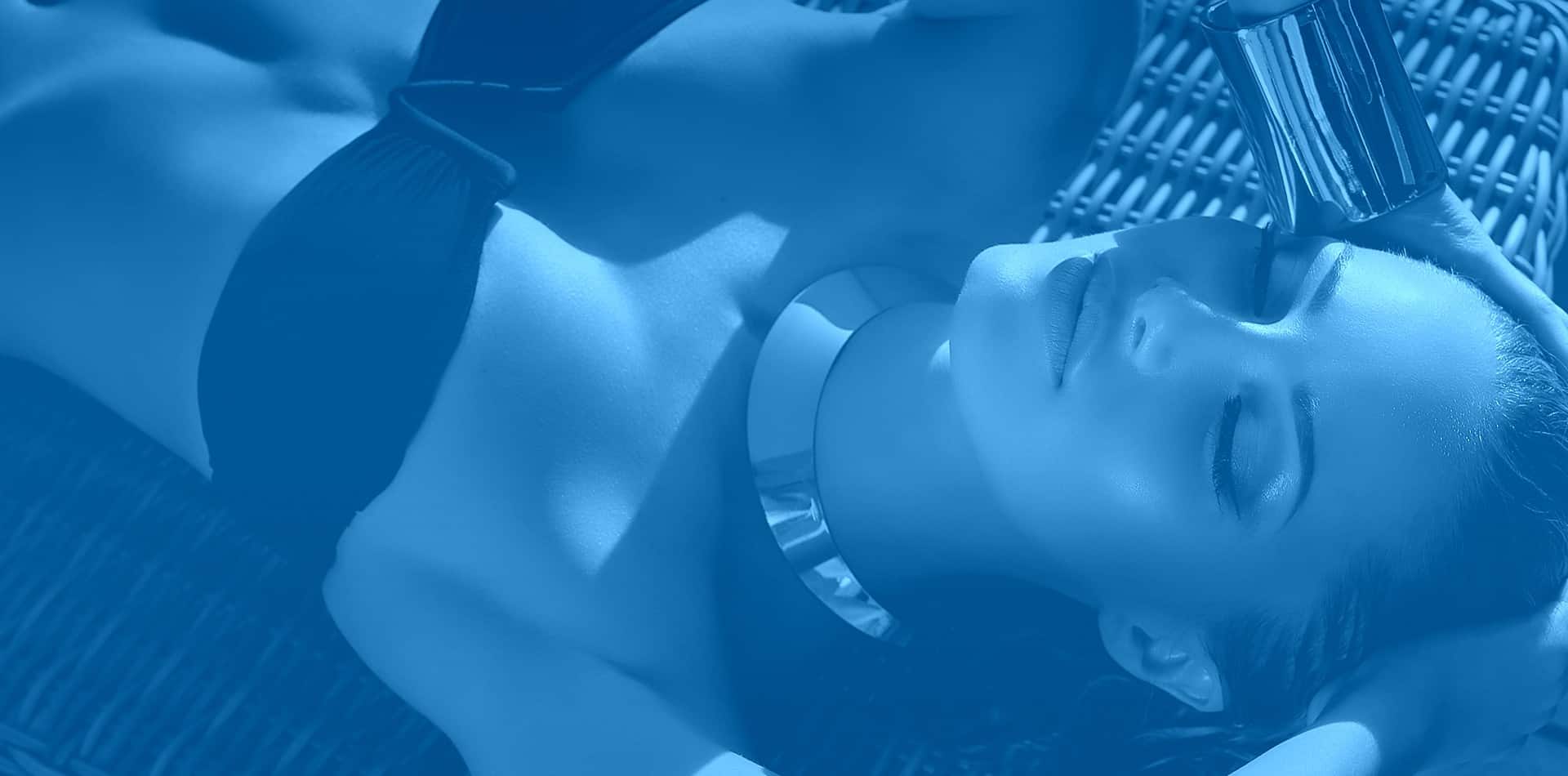
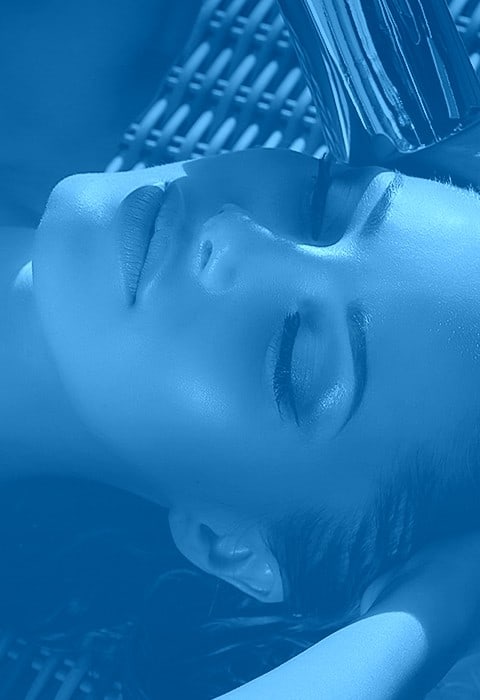

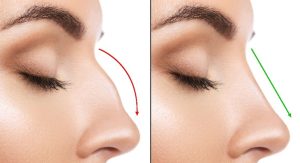 Rhinoplasty is the most performed plastic surgery in the United States, which is a strong indicator that patients love the procedure and the results it produces. Patient satisfaction surveys confirm that it most patients are happy they with their decision to have rhinoplasty.
Rhinoplasty is the most performed plastic surgery in the United States, which is a strong indicator that patients love the procedure and the results it produces. Patient satisfaction surveys confirm that it most patients are happy they with their decision to have rhinoplasty. Because so many types of changes can be achieved with rhinoplasty, the price of the procedure depends on the specific surgical plan you and Dr. Funt agree on. During a consultation, Dr. Funt can provide a complete quote so that you may make an informed decision. If you would like to make payments toward the total cost of the procedure, financing options are available through CareCredit, a leading medical lender.
Because so many types of changes can be achieved with rhinoplasty, the price of the procedure depends on the specific surgical plan you and Dr. Funt agree on. During a consultation, Dr. Funt can provide a complete quote so that you may make an informed decision. If you would like to make payments toward the total cost of the procedure, financing options are available through CareCredit, a leading medical lender. Although rhinoplasty is one of the most popular forms of plastic surgery, it is also arguably the most complex. Because the surgery requires advanced anatomical knowledge and a series of delicate changes, even some trained plastic surgeons prefer to avoid this surgery.
Although rhinoplasty is one of the most popular forms of plastic surgery, it is also arguably the most complex. Because the surgery requires advanced anatomical knowledge and a series of delicate changes, even some trained plastic surgeons prefer to avoid this surgery.